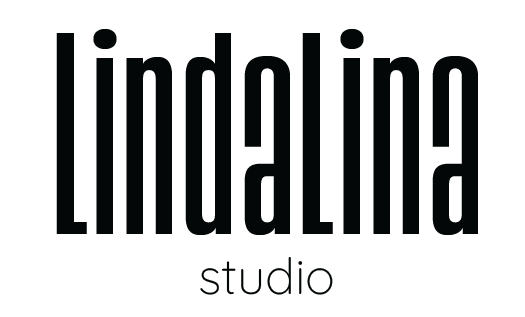Raising awareness within companies on the importance of diversity & inclusion in the workplace through a collaborative board game workshop.
Project time: 1 semester
Final Bachelor Project
Design Brief
Due to a negative association to the terms “diversity” and “inclusion”, it has become a difficult topic for workplaces. In places where diversity is already part of the company culture, there are toolkits and training available that can facilitate maintaining its benefits. It is mostly in traditional or old-fashioned organisations where diversity lacks due to exclusive hiring processes and lack of awareness. Especially since diversity has proven to be a success factor for organisations, a lack thereof is a shame. The goal was to raise awareness within companies on what the benefits of diversity are and to encourage companies to keep in mind diversity as a factor when opportunities for hiring arise. Rather than pushing an agenda just for the sake of it, it is believed that shifting the company's attitude is far more effective.
Design Process
An iterative co-design (collaborative design) technique was used. This project covers a societal issue involving different stakeholders, each having different respective interests being in the (societal) ecosystem. Therefore, co-design is a useful technique to create a design solution that successfully meets the end users’ wishes and needs, while also taking into account its impact on other stakeholders in the environment.
The iterative process of the design process was based on a double diamond model. This double diamond model suited this project the most due to its complex and codependent nature.
A stakeholder map of the hiring process.
Research & Benchmarking
Research in the Netherlands highlights labor market discrimination and underrepresentation. Traditional hiring practices based on skills and experience are ineffective and exclusionary. Some organizations have experimented with positive discrimination quotas to promote diversity, although diversity initiatives are often seen as burdensome. Despite this perception, research demonstrates the benefits of diverse workplaces, including increased engagement, innovation, and market performance.
I also interviewed an HR employee from FrisseBlikken, who is specialised in D&I. The goal was to understand their current hiring practice, who the stakeholders are and how they sustain aligned company culture specifically when it comes to D&I. From this I created a stakeholder map and started brainstorming about effective D&I practises.
User Survey
Since diversity can be visualised in many different ways, a survey was conducted. The goal was to find out how people with a non-Western background feel about different types of representation. People with a non-Western background were the target group of the survey since ethnic diversity is the most visually noticeable and often more a target of stereotypes in media portrayal.
Some key take-aways were:
The most “direct” representation of diversity is most representative, but also most stereotypical.
Even though people feel like a certain character represents them realistically, it can be uncomfortable. And likewise, even if a character does not represent them realistically, they can feel more comfortable being compared to them.
People feel more comfortable being compared to illustrated characters than actual people.
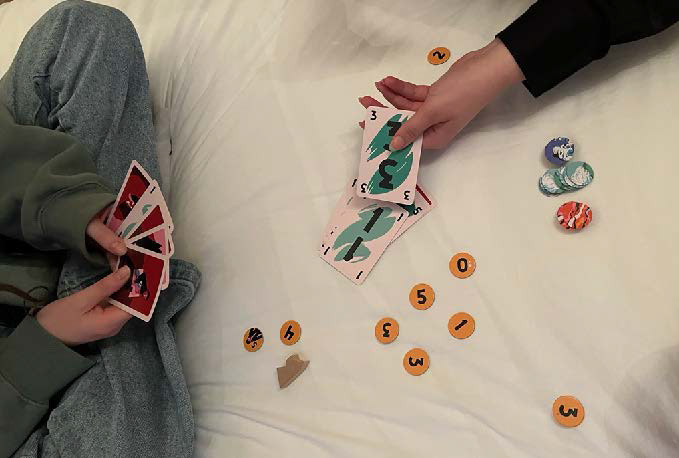
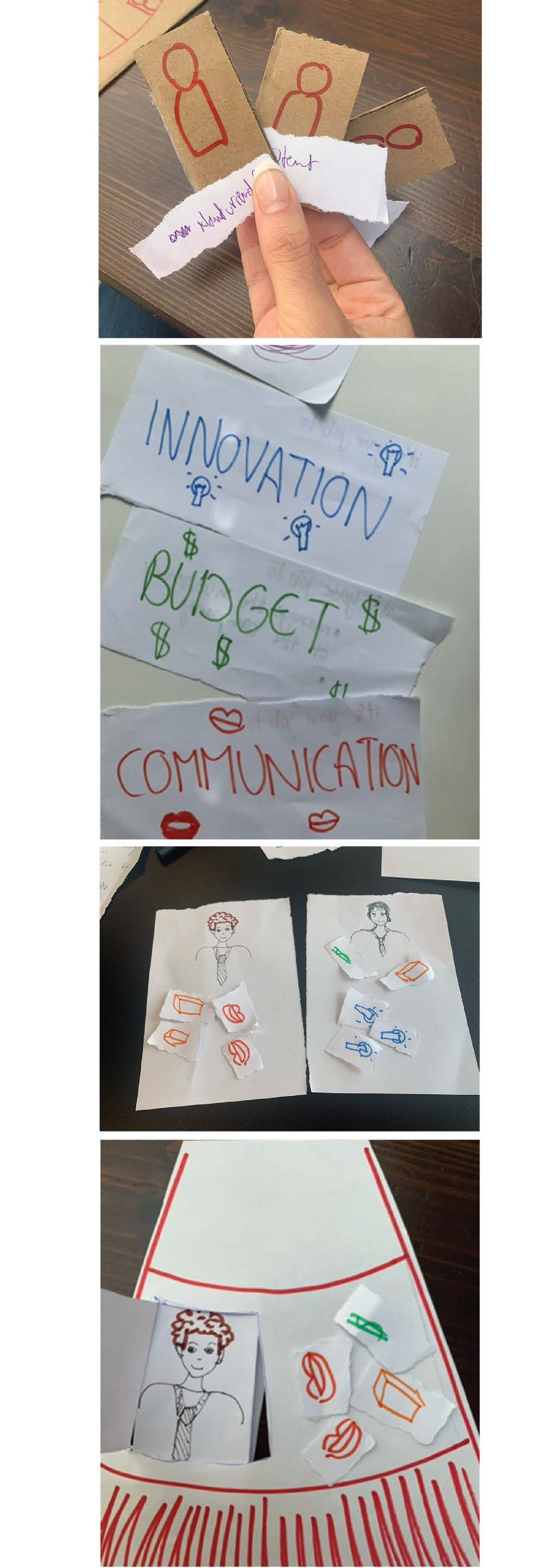
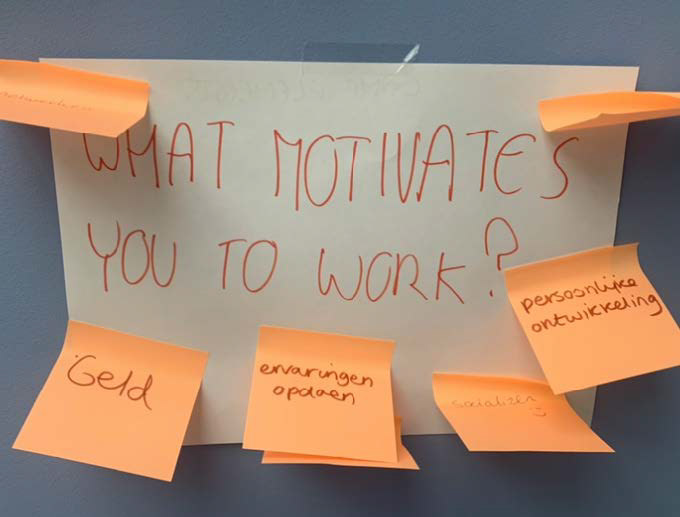
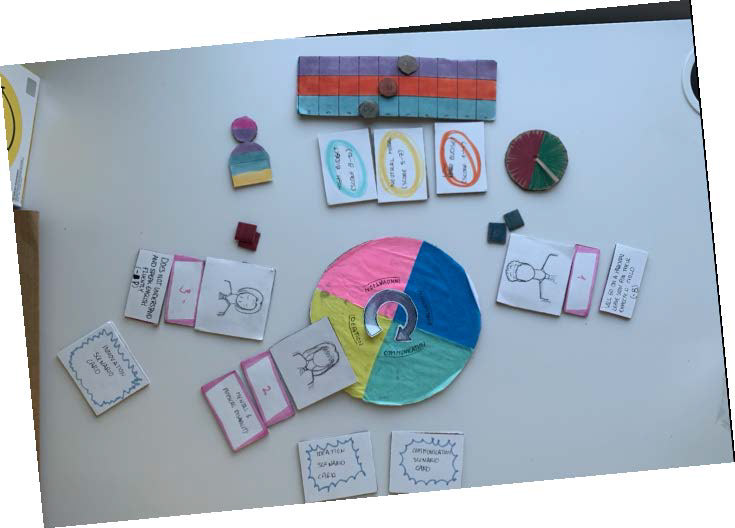
Ideation, Co-creation & Lo-Fi Prototyping
During this stage of the design process, the basic anatomy of a collaborative board game aimed at promoting diversity in companies was created. Existing board games like "Pandemic," "Art Robbery," and "Who Should We Eat?" were played to find inspiration and understand game design elements. Roleplay prototyping was conducted to explore different ideas and generate responses. Insights from the roleplay prototyping sessions were used to create the base storyline for the game, which involved players making choices about hiring the right characters who have different advantages and disadvantages due to their backgrounds. The game reflects real-life work scenarios and the importance of diversity. Co-creation sessions were held with participants who provided valuable input to create a more detailed and realistic story. A low-fidelity prototype of the board game was designed and tested, and it demonstrated moderate difficulty, realistic scenarios, understandable mechanics, collaboration, and strategy elements.




Game
Building Bridges is a fun, educational and effective training tool for organisations to transform their business and company culture. When companies want to learn about new business practices, improve their collaboration or performance, Building Bridges is a workshop that can be provided through an organisation that holds trainings.
The final product is a board game that aims to raise awareness of diversity's importance and benefits in the workplace, allowing players to collaborate, hire the right people, and collect building blocks to symbolise building bridges between societal inequalities.
Customer Journey of a company interacting with Building Bridges.
Further development, testing & iterating
To further develop the boardgame, an interview was conducted with an employee of ChangeMaker Academy (CMA) at NJR, a company that organises trainings and workshops for other businesses. The interview aimed to determine how the game "Building Bridges" would fit into CMA's offerings and evaluate its effectiveness.
Feedback from the interview indicated that Building Bridges is suitable for corporate environments, and there is potential for it to be implemented by organizations hosting training and workshops. Suggestions were made to incorporate a certificate for completing the workshop, measure long-term effectiveness, and use evaluation or reflection sessions.
A customer journey map was created to outline the different stages of engagement with Building Bridges. User tests were conducted to assess the game's message delivery, engagement, and effectiveness. The results indicated successful delivery of the intended message, logical visuals, and the deconstruction of biases and stereotypes. Minor changes were made to game mechanics and forms based on user feedback, and the storyline was improved.
Results
The project aimed to raise awareness of the importance and benefits of workplace diversity to address the societal issue of inequality in the Netherlands. Through a collaborative design process, a board game called Building Bridges was created. The game serves as a training tool for companies to enhance collaboration, improve workflows, and realize the advantages of diversity. Players assume the role of a management board tasked with hiring the right people for a new project. Dynamic characters with diverse backgrounds are presented, and players must match them to the company's needs. The game unfolds with a customized story based on player preferences. The objective is to collect six building blocks representing different dimensions of diversity to construct a symbolic bridge, emphasizing the need for diversity in society and its benefits in the workplace.
